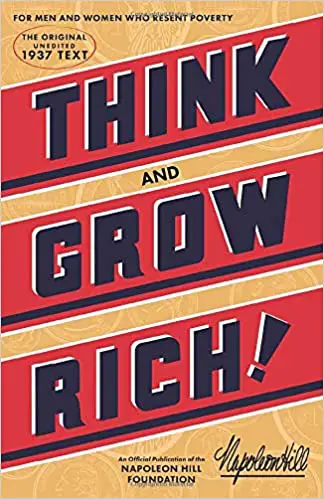

It is the pancreatic lipase that is responsible for signaling for the hydrolysis of the triglycerides into separate free fatty acids and glycerol units. Chemicals from the pancreas ( pancreatic lipase family and bile salt-dependent lipase) are secreted into the small intestines to help breakdown the triglycerides, along with further mechanical digestion, until they are individual fatty acid units able to be absorbed into the small intestine's epithelial cells. The majority of lipid digestion and absorption, however, occurs once the fats reach the small intestines. Lipids then continue to the stomach where chemical digestion continues by gastric lipase and mechanical digestion begins ( peristalsis). Ingested cholesterol is not broken down by the lipases and stays intact until it enters the epithelium cells of small intestine. Digestion of fats begin in the mouth through chemical digestion by lingual lipase. ĭigestion is the first step to lipid metabolism, and it is the process of breaking the triglycerides down into smaller monoglyceride units with the help of lipase enzymes. In the epithelial cells, fatty acids are packaged and transported to the rest of the body. The second step after the hydrolysis is the absorption of the fatty acids into the epithelial cells of the intestinal wall. Lipid metabolism also occurs in plants, though the processes differ in some ways when compared to animals. Lipid metabolism often begins with hydrolysis, which occurs with the help of various enzymes in the digestive system. Since lipids are hydrophobic molecules, they need to be solubilized before their metabolism can begin. Vertebrates (including humans) use both sources of fat to produce energy for organs such as the heart to function. Lipid metabolism is often considered as the digestion and absorption process of dietary fat however, there are two sources of fats that organisms can use to obtain energy: from consumed dietary fats and from stored fat. Other types of lipids found in the body are fatty acids and membrane lipids. The majority of lipids found in the human body from ingesting food are triglycerides and cholesterol. Lipogenesis is the process of synthesizing these fats. In animals, these fats are obtained from food or are synthesized by the liver. Lipid metabolism is the synthesis and degradation of lipids in cells, involving the breakdown or storage of fats for energy and the synthesis of structural and functional lipids, such as those involved in the construction of cell membranes. Biological synthesis and degradation of lipids


 0 kommentar(er)
0 kommentar(er)
